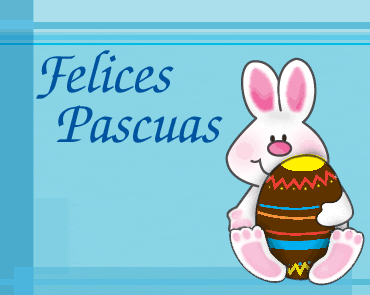Across our network we work with schools who are all at different stages of setting up and delivering primary language learning and each year we welcome new schools who want to set off on their own individual school's language learning journey.

This year these specific
"Beginning with languages "
blogs will try to offer "bite size chunks" of indirect help and support to schools, who are doing exactly that .... just setting off and implementing a language learning curriculum
.
Take a look back at"beginning with languages" blogs
,
,
,
and
Your checklists so far have been:
Sept - Oct ,(first half term) Checklist
- It's all about establishing a whole school support system for all your staff
- It's about small steps and simple language learning
- It's about children and staff beginning to enjoy language learning
Mid October (end of the first half term), an additional new checklist bullet point!
- So how are you all getting on? How do you know that primary languages are being implemented in all the classes and are the teachers and children having fun in their learning?
November (moving in to the second half term of language learning),we added a couple of new challenges to your checklist!
- How successfully have you been able to build in "revisiting" opportunities to build the children and staff's confidence with the language you introduced last half term?
- Are you introducing,revisiting and re-using familiar games with familiar and unfamiliar language for example (e.g Bingo or Splat or maybe a game of Quiz Quiz Swap?)
- Have you encouraged all staff to practise key language using sound files and songs?
- Can all staff and children practise and learn a Christmas song or carol in the target language? (In beginning with languages blog three you can find links to You ~tube clips of a Christmas song lin French, Spanish and German
December-January (moving forward) your checklist:
- Did all your staff try out a simple listening and speaking Christmas activity based on a Christmas song?
- Have staff considered and been able to identify the links between activities we may use in KS1 when encouraging children to read and KS2 beginners language learning (sound-spelling links and activities)?
- Are KS2 staff building opportunities in to activities in the New Year to help learners to "broaden their vocabulary and develop their ability to understand new words ...."- Are staff in KS2 exploring nouns with their KS2 foreign language learners?
February-March moving forward your checklist:
- Try to deliver sequences of lessons based on simple content and language learning skills
- Are your children beginning to participate on basic role play activities , asking and answering questions about themselves?
- Can the children ask a question politely and give an appropriate response?
- Can you see evidence of signage and display created by the children in the target language?
- Has school celebrated a festival or whole school event (Carnival/World Book Day) and added a target language learning or cultural element?
And now we are at the end of the Spring term?
As a coordinator or the teacher in charge of developing primary language learning in school you need to reflect on what you have achieved,no matter how small the steps are.
- School has completed two terms of language learning.What does the overall coverage picture look like now in KS2?
- What successful activities have been shared with you by other members of staff?
- Has school has begun to develop a formalised pattern of language learning.What are your next steps to build capacity and sustainabilty? For example do you need some language upskilling, pedagogy CPD input or to buy resources to support staff?
- The children have enjoyed a celebration or event where some target language and target language country culture has been explored. Can you now plan for an end of year celebration whole school focus and celebration in languages?
- Teachers have introduced the children to simple language learning based mainly so far on listening,speaking and some very basic reading and possibly writing.Can you now begin to introduce an element of story? Try using familiar stories to aid comprehension in a new target language and add an element of creative writing - a mini book, a poster, display of word art or caligrams? Here is one example that might genrate ideas of your own !Caligrams and holiday suitcases
So your next steps as you return after Easter could be ....
- Organise and lead a staff meeting/part of a staff meeting in the Summer term,where all staff can share,try out and discuss some simple games and activities that colleagues have all tried and enjoyed with their own class.
- Ask colleagues to take a learning walk around school during one staff meeting to look at target language class display and signage.Can they think of ways that they can develop new signage with the children or produce a display created by the children in the target language?
- Introduce staff to clips online of famous stories read in the target language.Discuss how they could use these in their classrooms to explore a story book.For example here are three French,German and Spanish clips of the "Hungry Caterpillar".Discuss possible spoken and written activities that the teachers could try linked directly to the video clips e,g a diary of food eaten, a card concertina model of the hungry caterpillar and alternative fruits he could eat etcetra.
- This blog post may help you as coordinator to begin to forward plan for future effective story reading in target language learning classes (in line with the DFE POS Learning Objectives). Reading in the target language is great!
In German this clip is accompanied by music
In French the children retell the story below
In Spanish the clip is quite quick so the music helps to tell the story too
















.jpg!Blog.jpg)











